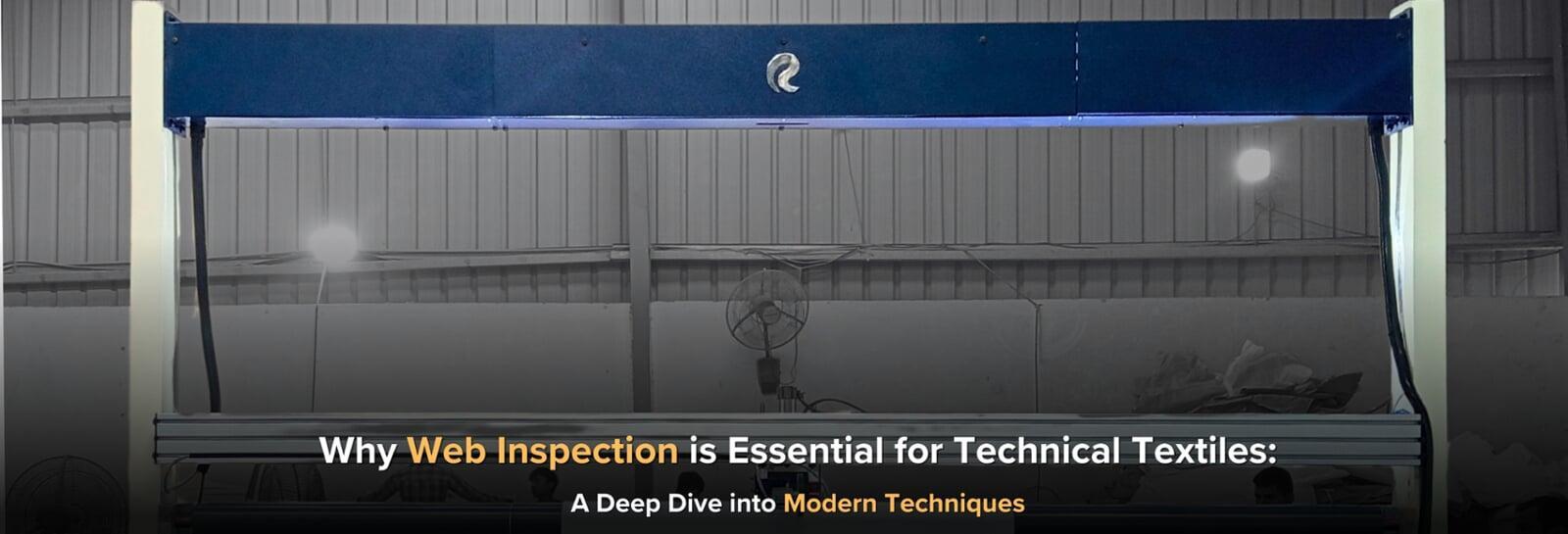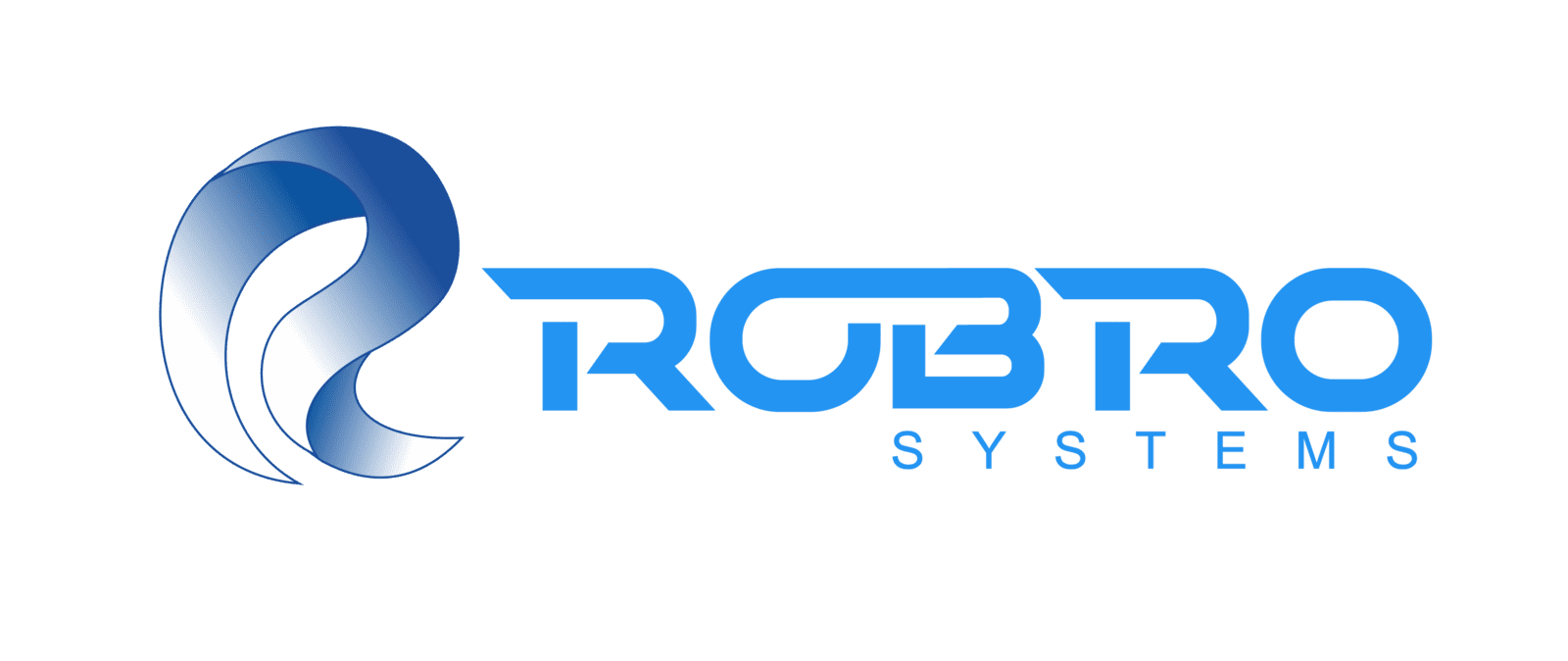
Key Features
Automated web inspection systems enhance efficiency and accuracy in detecting defects in technical textiles, significantly reducing manual errors.
Machine vision and AI-powered systems analyze fabrics in real-time, detecting defects like holes, stains, and irregular patterns with over 95% accuracy.
Hyperspectral imaging goes beyond visible wavelengths to identify material inconsistencies and hidden defects, crucial for high-performance textiles.
Integration with IoT and Manufacturing Execution Systems (MES) facilitates real-time monitoring and seamless decision-making during production.
Advanced inspection systems reduce material waste and energy consumption, aligning with sustainability goals and lowering operational costs by up to 20%.
The adoption of Industry 4.0 technologies enables smart, interconnected systems, ensuring manufacturers maintain competitive advantages.
Automated inspection systems improve customer satisfaction by minimizing defective batches and ensuring high-quality outputs in technical textiles.
The Evolution of Web Inspection in Technical Textiles
Why Web Inspection Matters?
1) Enhanced Quality Control
2) Waste Reduction
3) Cost Efficiency
4) Regulatory Compliance
Modern Techniques in Web Inspection
1) AI-Driven Systems
2) Hyper-spectral Imaging
Unlike traditional optical methods, hyper-spectral imaging captures data across multiple wavelengths, making it ideal for detecting subtle changes in fabric composition, color, or texture. This is particularly useful in technical textiles, where uniformity is crucial.
3) Integration with IoT
Many modern systems are IoT-enabled, allowing real-time monitoring and remote management. This improves operational efficiency and supports predictive maintenance.
Real-Time Industry Applications
1) Automotive Textiles
2) Medical Textiles
Contamination-free production is vital for wound dressings and surgical gowns. AI-powered inspection identifies and eliminates defects immediately.
3) Geotextiles
The Future of Web Inspection
Integrating AI, machine vision, and hyper-spectral imaging is only the beginning. Emerging trends include:
Edge Computing: Processing data locally on the factory floor for faster decision-making.
Cloud Integration: Enhancing traceability and compliance through centralized data storage and analysis.
Collaborative Robotics: Combining robotic precision with advanced inspection technologies to streamline production lines.
Conclusion
As technical textiles evolve, so must the methods used to ensure their quality. Modern web inspection systems, combined with AI, advanced imaging, and IoT integration, represent the future of quality control. By investing in these technologies, manufacturers can not only meet the market's rising demands but also lead the way in sustainability and innovation.
Investing in modern web inspection systems is now optional for manufacturers of technical textiles. Maintaining quality, reducing costs, and meeting market demands are strategically necessary. By integrating advanced technologies like AI, hyperspectral imaging, and IoT, manufacturers can stay ahead of the curve and consistently deliver flawless products.
Elevate your production quality with Robro Systems' KWIS. Discover how our cutting-edge solutions can transform your inspection processes and help you achieve excellence in technical textiles. Contact us today to learn more or schedule a demo.

